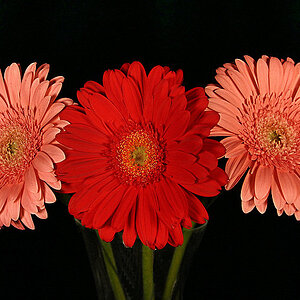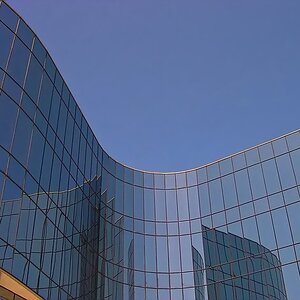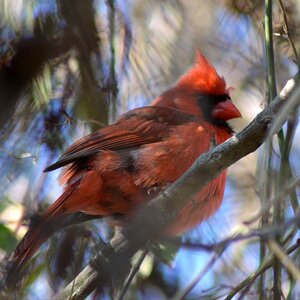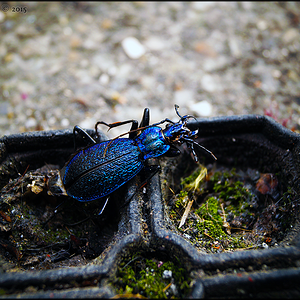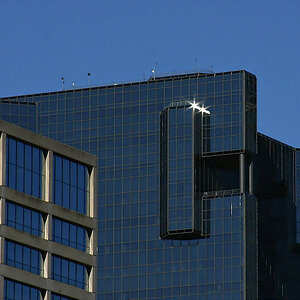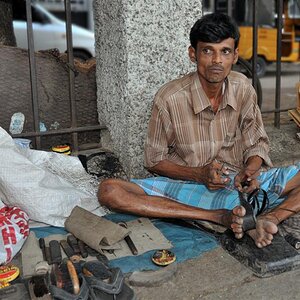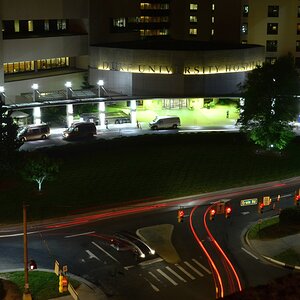Senor Hound
TPF Noob!
- Joined
- Apr 23, 2008
- Messages
- 1,425
- Reaction score
- 0
- Location
- La la land...
- Can others edit my Photos
- Photos OK to edit
So I was reading on the forums, and someone posted a black and white photo. Someone replied, basically asking if they shot in color and converted to black and white, because they could tell a difference in contrast.
My question is, does this only apply to film, or is the case in digital also? I can totally understand this happening if someone were shooting film, because there's so much difference in black and white film, and color film. However, I wouldn't think there would be any difference in how my camera renders black and white and how Photoshop does, at least not enough to detect it without looking at both together.
Anyway, if someone could clarify this I'd appreciate it. I used to shoot black and white in-camera, but now that I have Photoshop, I've been hearing that I shouldn't.
My question is, does this only apply to film, or is the case in digital also? I can totally understand this happening if someone were shooting film, because there's so much difference in black and white film, and color film. However, I wouldn't think there would be any difference in how my camera renders black and white and how Photoshop does, at least not enough to detect it without looking at both together.
Anyway, if someone could clarify this I'd appreciate it. I used to shoot black and white in-camera, but now that I have Photoshop, I've been hearing that I shouldn't.


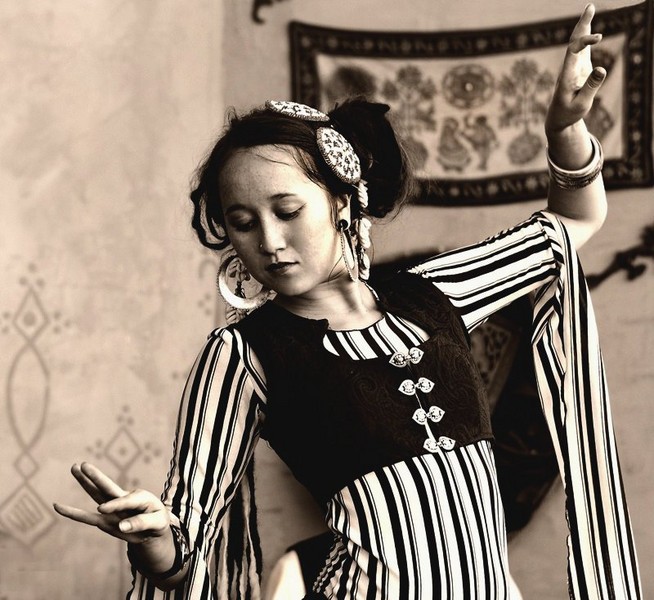
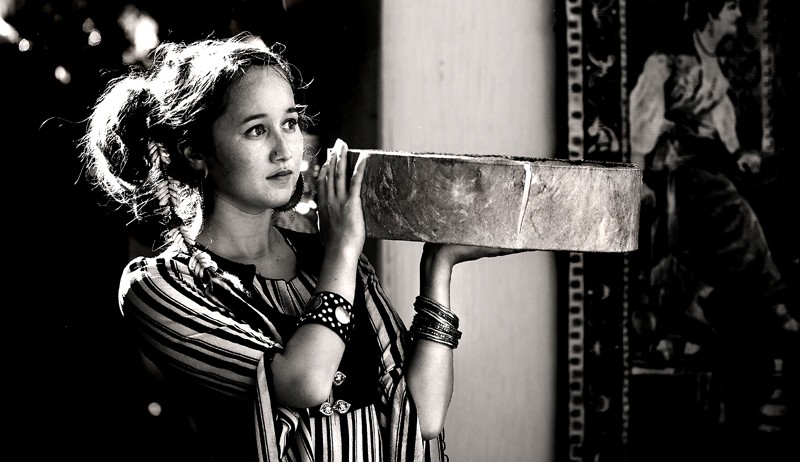
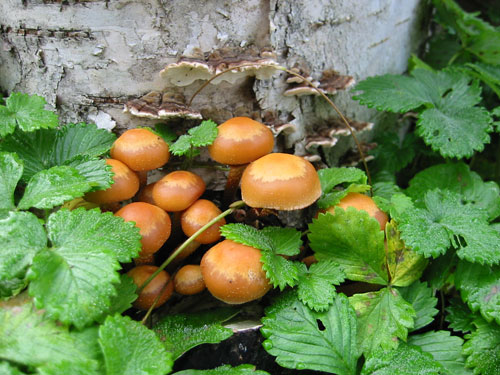
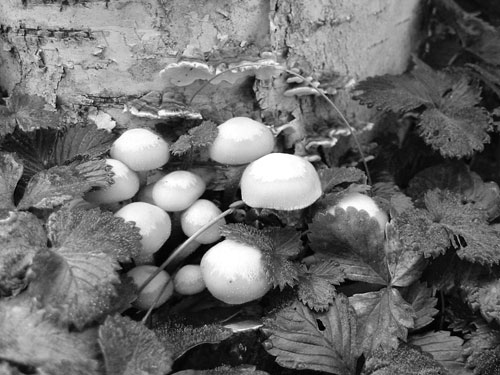
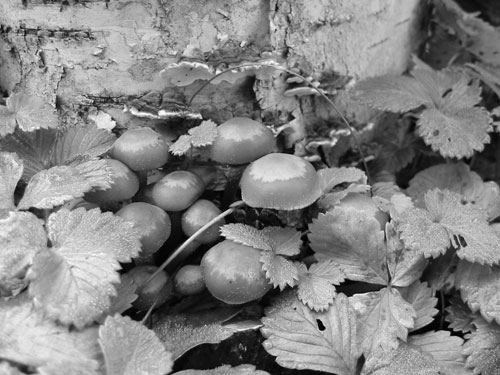
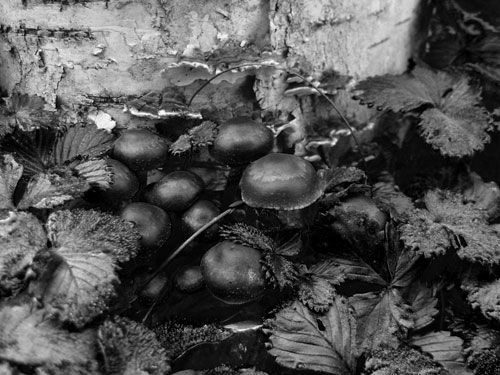
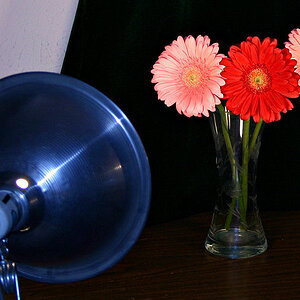
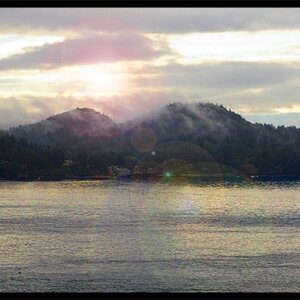
![[No title]](/data/xfmg/thumbnail/32/32179-99b00fe3df8a5ed7303ced76980128fd.jpg?1619735235)
